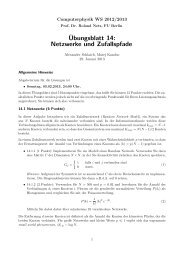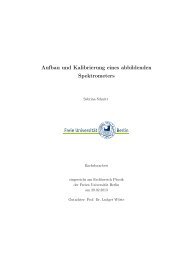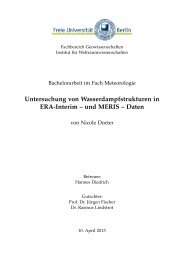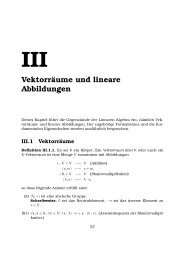Chapter 8—Capital Budgeting Process and Techniques - Userpage
Chapter 8—Capital Budgeting Process and Techniques - Userpage
Chapter 8—Capital Budgeting Process and Techniques - Userpage
Create successful ePaper yourself
Turn your PDF publications into a flip-book with our unique Google optimized e-Paper software.
Project 1 has higher NPV than project 2, though project 1 has a lower PI. You should be concerned<br />
with the project scale problem in making this decision.<br />
DIF: M<br />
REF: 8.6 Profitability Index<br />
33. The profitability index is most useful<br />
a. when the NPV method <strong>and</strong> the IRR method give conflicting signals on mutually exclusive<br />
projects<br />
b. in capital rationing situations<br />
c. when the cash flow pattern is unusual<br />
d. when project scales are of concern<br />
ANS: B DIF: E REF: 8.6 Profitability Index<br />
34. You have a $1 million capital budget <strong>and</strong> must make the decision about which investments your firm<br />
should undertake for the coming year. There are three projects available <strong>and</strong> the cash flows of each<br />
project appear below. Assume a cost of capital of 12%. Which project or projects do you select?<br />
Project 1 Project 2 Project 3<br />
Cash flow<br />
Year 0 -$400,000 -$500,000 -$1,000,000<br />
Year 1 200,000 300,000 500,000<br />
Year 2 300,000 350,000 700,000<br />
Year 3 300,000 350,000 700,000<br />
a. Project 1<br />
b. Project 2<br />
c. Project 3<br />
d. Project 1 & Project 2<br />
ANS: D<br />
PI (project 1) = PV of CF(year 1-3) / initial outlay = 631,264/400,000 = 1.58<br />
PI (project 2) = PV of CF(year 1-3) / initial outlay = 795,998/500,000 = 1.59<br />
PI (project 3) = PV of CF(year 1-3) / initial outlay = 1502,710/1,000,000 = 1.50<br />
Begin by accepting the project with the highest PI, then continue to accept additional projects until<br />
bump into the $ 1 million capital constraint. Also, the sum of NPV of project 1 <strong>and</strong> project 2 is greater<br />
than the NPV of project 3.<br />
DIF: M<br />
REF: 8.6 Profitability Index<br />
35. You must know the discount rate of an investment project to compute its<br />
a. NPV, IRR, PI, <strong>and</strong> discount payback period<br />
b. NPV, PI , discount payback period<br />
c. NPV, PI, IRR<br />
d. NPV, accounting rate of return, PI, discount payback period<br />
ANS: B<br />
DIF: M<br />
REF: 8.4 Net Present Value, 8.5 Internal Rate of Return, 8.6 Profitability Index<br />
36. You must know all the cash flows of an investment project to compute its<br />
a. NPV, IRR, PI, <strong>and</strong> discount payback period<br />
b. NPV, IRR, PI, payback period, <strong>and</strong> discount payback period,<br />
c. NPV, PI, IRR<br />
d. NPV, accounting rate of return, IRR, PI


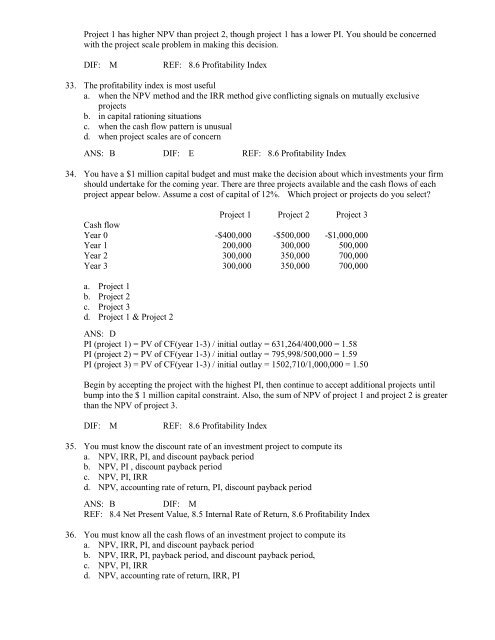

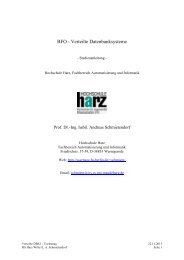
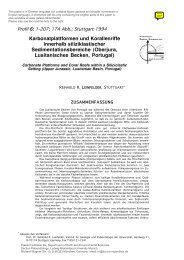


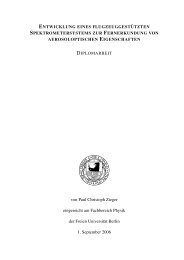
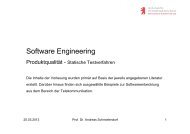
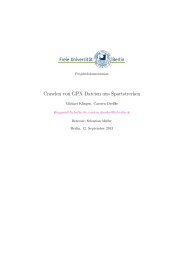
![[UNBEGRENZTE MÖGLICHKEITEN?] - Userpage](https://img.yumpu.com/22343335/1/184x260/unbegrenzte-moglichkeiten-userpage.jpg?quality=85)
